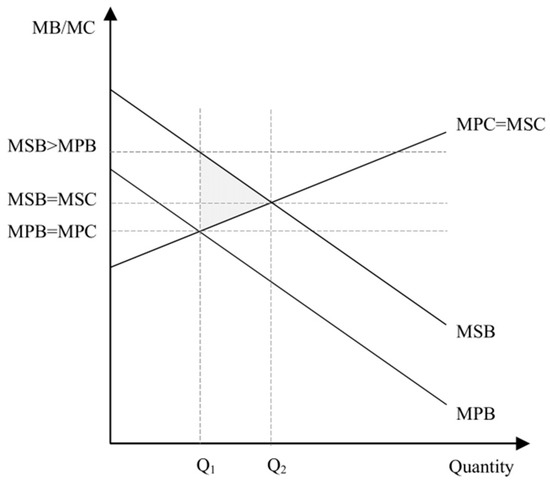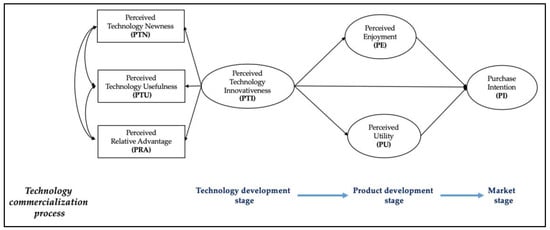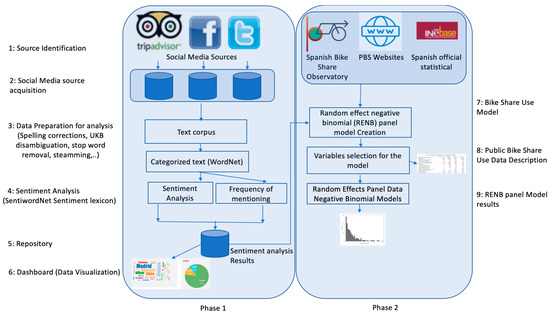1
College of Business, Gachon University, Seongnam 13120, Korea
2
College of Global Business, Korea University, 2511 Sejong-ro, Sejong City 30019, Korea
Sustainability 2019, 11(22), 6273; https://doi.org/10.3390/su11226273 - 8 Nov 2019
Cited by 39 | Viewed by 7308
Abstract
▼
Show Figures
In the competitive global market, innovation is vital to a firm’s longevity. To this end, organisations seek new and alternative ways to motivate employee innovation. This study examines the role of servant leadership as an antecedent to innovation. Drawing on the social identity
[...] Read more.
In the competitive global market, innovation is vital to a firm’s longevity. To this end, organisations seek new and alternative ways to motivate employee innovation. This study examines the role of servant leadership as an antecedent to innovation. Drawing on the social identity model, this study examines the effect of servant leadership, team-member exchange (TMX) and perceived insider status on employee innovative behaviour. Primary data were collected from six manufacturing companies in Ghana. Using a sample of 213 employees and their immediate supervisors, a confirmatory factor analysis was conducted to test the discriminant validity of our measurement model. Hierarchical multiple regression was then used to determine direct and interaction effects, followed by bootstrapping tests to identify mediation and moderated mediation effects. The results showed that servant leadership and TMX are significantly related to perceived insider status. The bootstrapping indirect test and Sobel test demonstrated that perceived insider status mediates the relationship between servant leadership and innovative work behaviour. Moreover, the mediated relationship is only significant when TMX is low. This study empirically validated servant leadership as an antecedent to employee innovative behaviour. The findings demonstrated that perceived insider status is a mediating mechanism in this relationship, with TMX as its boundary condition.
Full article













